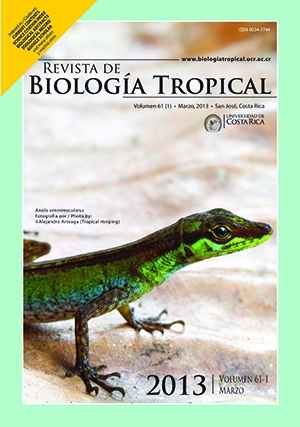Abstract
Ecological restoration of the Andean paramos faces several ecological barriers mainly at the phase of dispersal and establishment of native species. With the aim to contribute to the enrichment of degraded areas, different strategies have to be developed to overcome those barriers. In this work we studied the response of individuals of Espeletia grandiflora (Asteraceae) to the relocation as a strategy for ecological restoration programs. We also evaluated the effect of size of relocated individuals on their survival and development. The work was carried out in an experimental plot at 3 424m altitude in the sector “Lagunas de Siecha” of Chingaza National Park, Colombia. We relocated 200 plants that belonged to three different size classes: 5, 10 and 15cm of initial height. The following variables were registered: survival, plant height, number of living leaves and stem diameter of each individual. We also evaluated the differences between individuals in survival and development. In terms of survival the most efficient size classes corresponded to 15cm high; the survival was 85% after two years. The relative growth rates for height and stem diameter decreases with the increase in size, but the absolute increase in height did not show significant differences between the three sizes tested. Since the stem diameter was found the strongest survival predictor after two years of relocation activities, we suggest its use as a criterion for selection of relocation individuals. The relocation of individuals of E. grandiflora had a positive side effect, carrying other species that may contribute to the enrichment and restoration of degraded areas. Among these, we found species of the genus Hypericum, as well as Arcytophyllum nitidum and Calamagrostis effusa, which should be evaluated in terms of survival and development for the subsequent implementation of the relocation strategy. In this study we verified the successful relocation of individuals of E. grandiflora as a strategy for enrichment of paramos, and provided values of survival and growth, which should be useful for planning and predicting with greater certainty the success of restoration programs in the paramo.##plugins.facebook.comentarios##
Downloads
Download data is not yet available.






